This website uses cookies so that we can provide you with the best user experience possible. Cookie information is stored in your browser and performs functions such as recognising you when you return to our website and helping our team to understand which sections of the website you find most interesting and useful.

Mind Blowing Ancient Architectural Wonders in the World
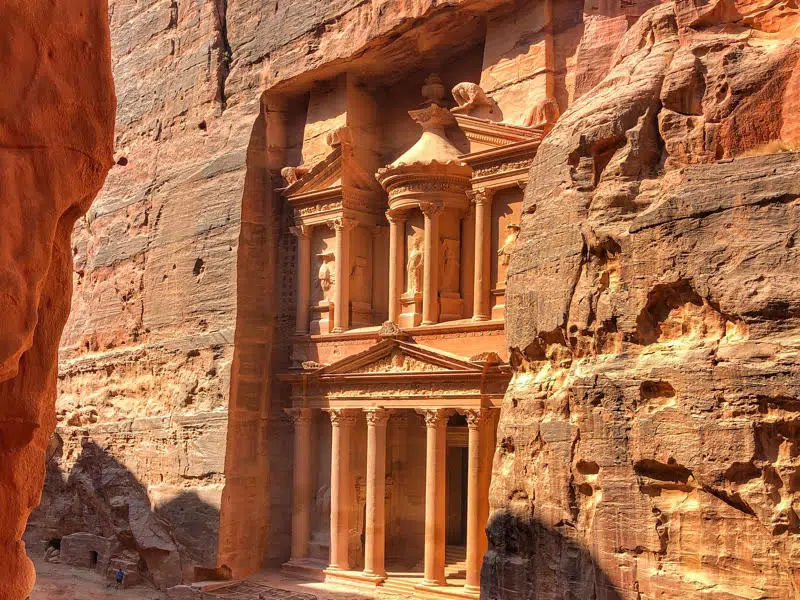
Incredible architectural wonders may be found all throughout the world, some thousands of years old and others more modern but no less stunning. The Egyptian Pyramids and Dubai’s Burj Khalifa are just two instances of technical and architectural marvels that will leave you dumbfounded. This post will look at some of the most stunning historical structures that you should add on your bucket list.
The Pyramids, Egypt

The Pyramids of Egypt are perhaps the most recognizable ancient architecture on Earth. The Step Pyramid of Djoser, the oldest building in the Saqqara Necropolis, is estimated to have been built about 2630 B.C. Experts are still baffled as to how the ancient Egyptians built these perfectly aligned buildings using nothing but physical strength. These gigantic, enigmatic tombs, today regarded as one of the Seven Wonders of the World, are supposed to have taken 100,000 slave generations to finish.
The Roman Aqueducts, Italy
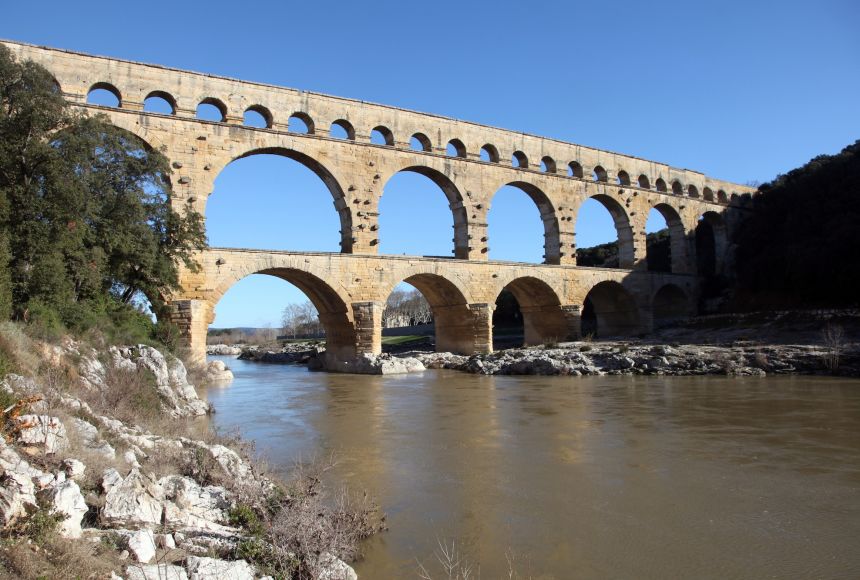
These aqueducts were constructed around 145 B.C. and transported water across the Roman Empire. What makes the aqueducts particularly impressive is that they work on gravity alone—an incredible engineering feat considering the resources available at that time. Although many of the aqueducts were long lost and forgotten, taken over by shrubs and vines, some stretches remain standing, two thousand years on.
Al Khazneh, Jordan
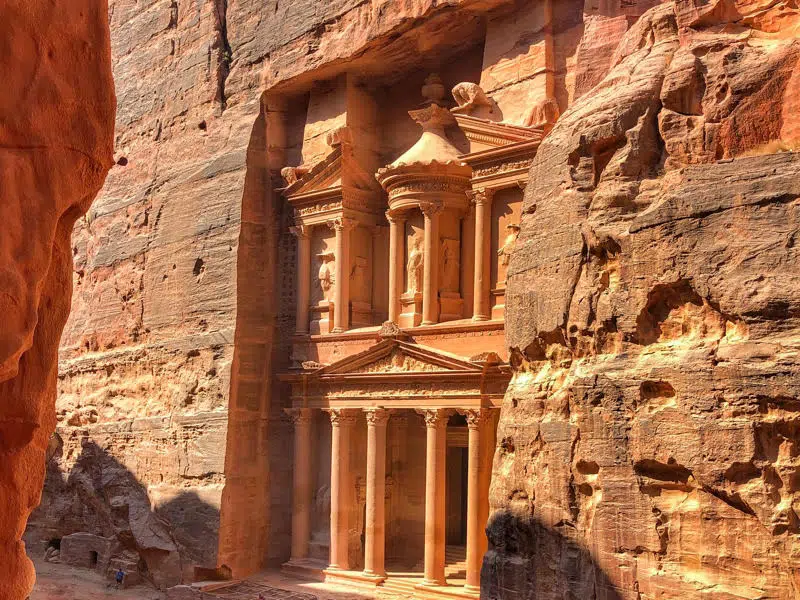
Known as the Treasury at Petra, this amazing achievement in ancient architecture was built around the first century A.D. The sandstone sculpture’s superb craftsmanship, which has normally held up, is what makes it so beautiful today. There are several legends surrounding its intended purpose, with theories suggesting it served as a treasury for the Egyptian Pharaoh during the time of Moses, or as a hiding spot for thieves and pirates to stash their stolen goods. Whatever the reason for its construction, its architectural beauty is indisputable.
Chand Baori, India
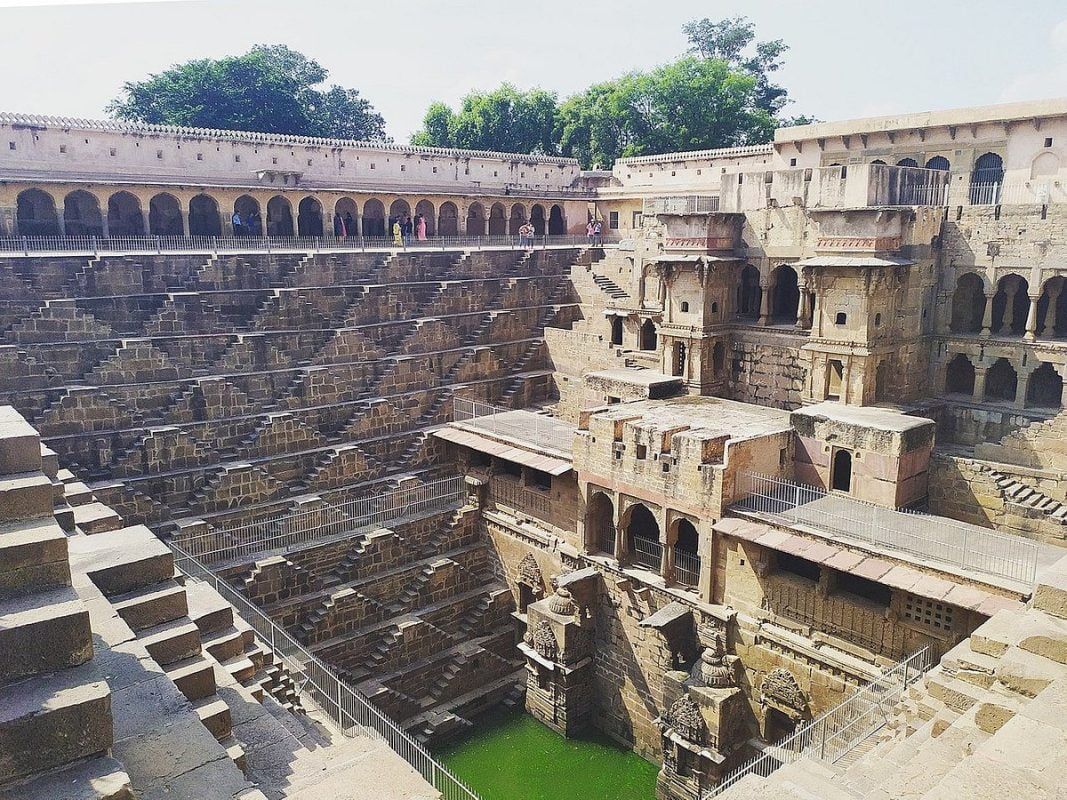
According to legend, ghosts built this architectural marvel around the 10th century in the village of Abhaneri in Rajasthan, India, where the Chand Baori stepwell lies. Roughly 13 storeys high, dug into a V-shape nearly 100 feet below the earth’s surface, with an estimated 3,500 perfectly leveled steps, King Chanda had it built to solve the area’s drought problem. Upon its completion, King Chanda devoted it to the Goddess of Joy and Happiness, Hashat Mata.
The Parthenon, Greece

The Parthenon, one of antiquity’s most impressive temples, was finished in 438 B.C. It was originally erected as a fortress and then converted into a Christian church, however it has also been used as a temple on occasion. When you consider that all of the stones used to create this massive structure, most widely known as the Temple of Athena, were transported and set in place by hand, its construction is quite astounding.
Borobudur, Indonesia
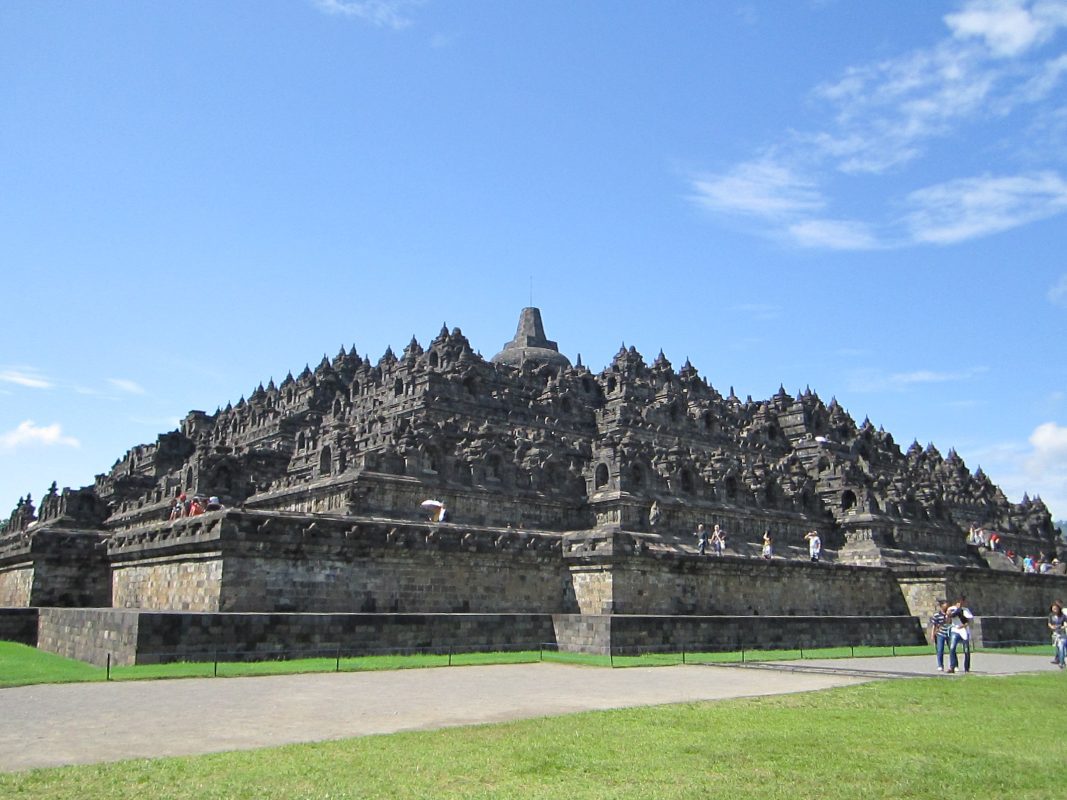
A UNESCO World Heritage Site, this 9th century Buddhist temple contains over 500 Buddha statues, and some very ornate and striking designs. Completed around the year 825 A.D., Borobudur was actually lost under volcanic ash, until it was rediscovered and excavated in the early 1800s. Nowadays, it’s a popular pilgrimage site.
Leshan Giant Buddha, China

Construction on the Leshan Giant Buddha in Sichuan, China, began around the year 713 A.D, but work was halted for about 70 years due to funding issues. It wasn’t until 803 A.D. that the project was completed. The Leshan Giant Buddha is a statue of Maitreya Buddha, which measures 71 meters (233 feet) in height and is carved out of a cliff face overlooking the confluence of the Minjiang, Dadu, and Qing.





















